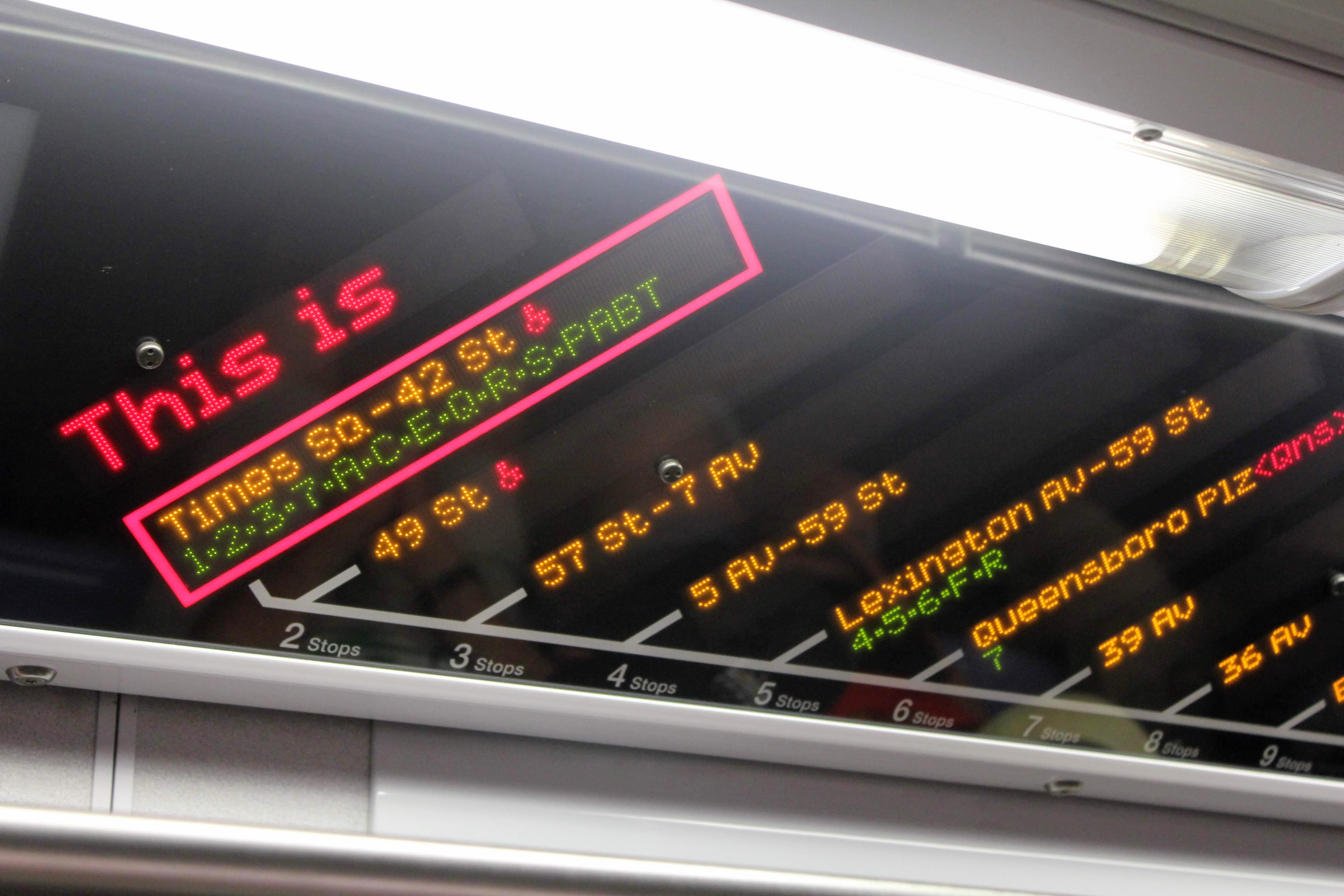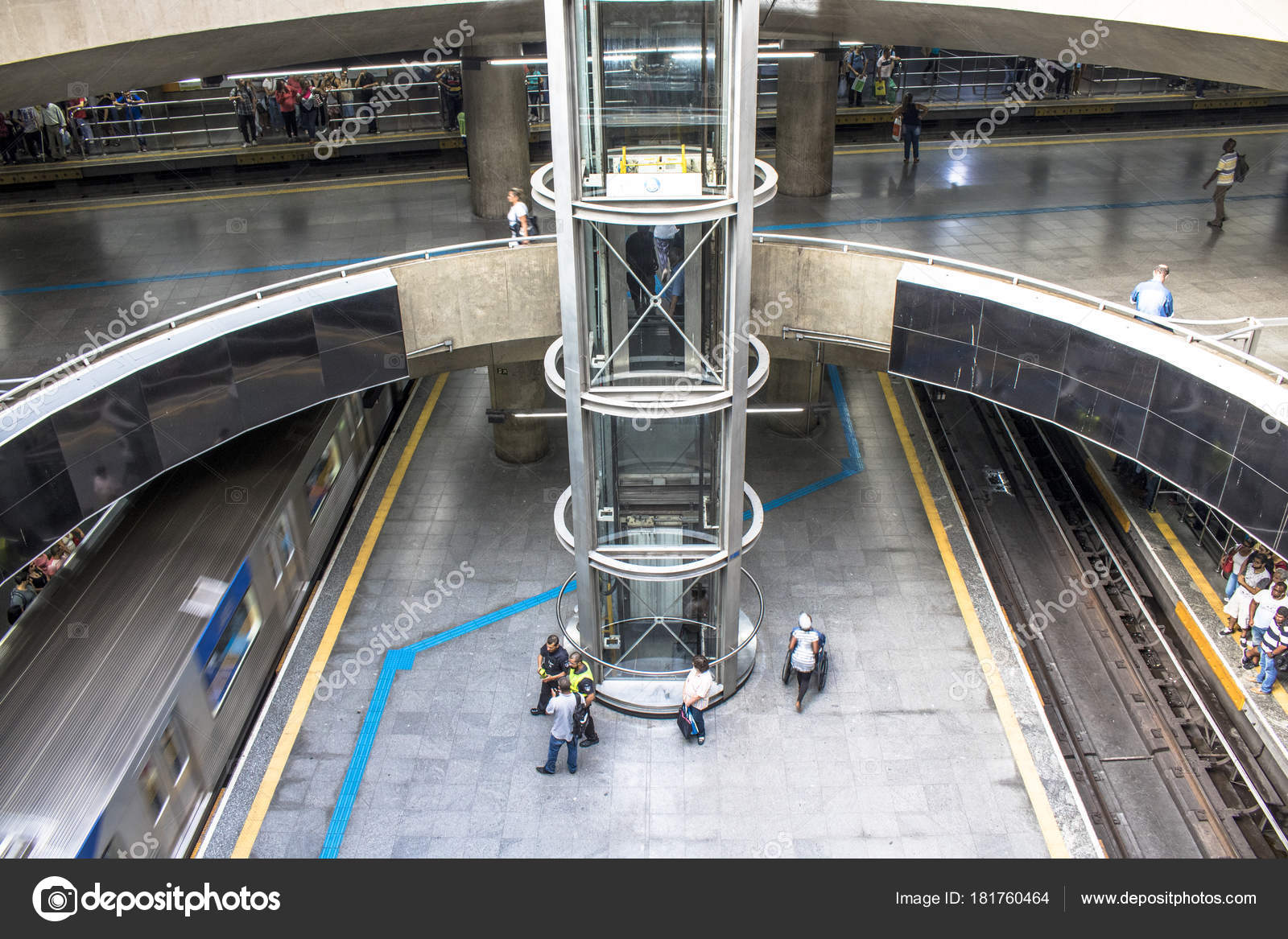Name some?
I certainly haven't seen any, and I've been to most of Europe.
Well theres your problem! Japan excels at building for the blind. Brazil adopted Japanese standards for that and is following suit. I have hear that South Africa does as well, but I have no clue if thats true
Note how there is a yellow tactile strip directing the blind to the stairs.
Heres Sao Paulo, note the blue strip so the blind can be led to the elevator.
This guidance extends to sidewalks as well
Meanwhile, multiple blind people are killed or severely injured in US subway systems every year. There are still subway stations in NYC that dont have any tactile feedback at platform edges.
Also, US guidance on tactile domes is severely lacking. For example, building a sidewalk ramp that directs people into the crosswalk is OPTIONAL which is why most cities build one that sends people into the center of the intersection (diagonal orientation).
As for wheelchairs, you point at Paris lacking wheelchair accessibility, but their bus system is much better at accommodating them.
While US buses accommodate wheelchairs, if youve been on one when someone boards you know its an afterthought. It required drivers t get up, manually flip a rap, manually flip up seats, lock the seats, and make space.
Meanwhile, buses in Paris (and other cities) accommodate 2-3 wheelchairs with zero driver input
Did you know New Jersey, which I believe operates the largest bus fleet in the country has zero (0) low floor buses?





